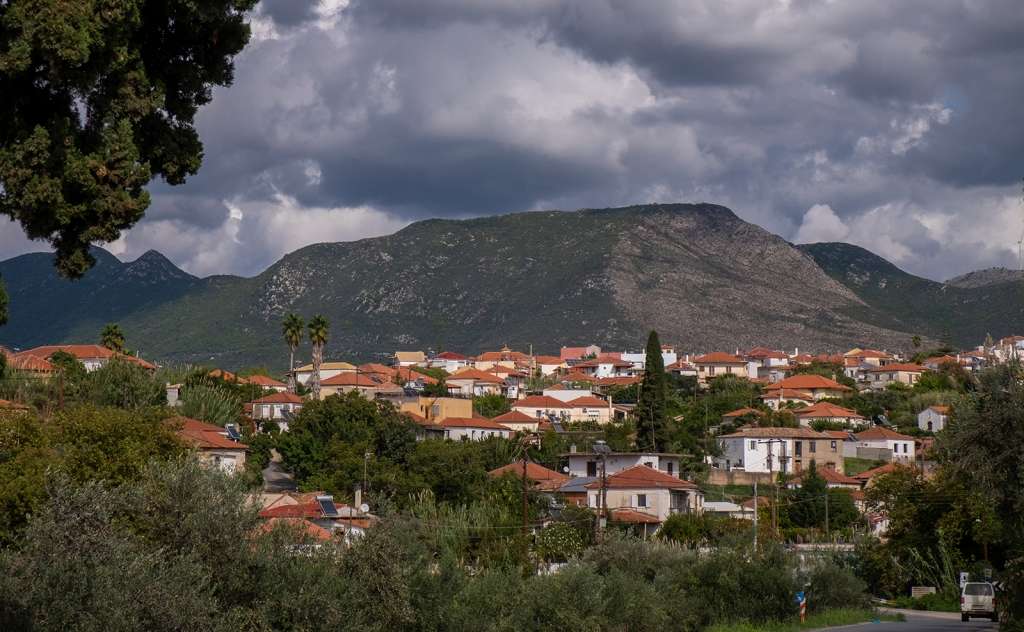





The semi-mountainous town of Chora is built at an altitude of 294 metres and has approximately 3000 permanent residents. It is 17kilometres from Pylos and 55 kilometres from Kalamata. It was formerly known as Ligoudista or Lygoudista. The area of Chora is known for its ancient, medieval and modern history.
Chora and its region are identified with parts of ancient Pylia. Remarkable archaeological treasures have been discovered in the area. From 1912-1926, in Ano Eglianos, archaeologists Carl Blegen and Konstantinos Kourouniotis carried out research where stone walls, parts of wall paintings, Mycenaean vases and clay inscriptions were discovered. The research was interrupted during the Second World War and resumed in 1952 by archaeologist Spyridon Marinatos. In December 1957, a honeycombed tomb was discovered, while in 1964, almost the entire Nestor’s Palace came to light, chronologically placed around 1300-1200 BC. Also, a Mycenaean necropolis (cemetery) with 34 chambered tombs was excavated at Volimidia (at the northern end of Chora). These graves are unique, as their shape and size differ from the usual ones. According to Spyridon Marinatos, that was the location of "Old Pylos".
During the Greek Revolution (March 27th, 1821), the Battle of Ligudista took place in Chora, which ended with the victory of the Greeks.
Visitors to Chora can see the Archaeological Museum, founded in 1969. The museum displays essential findings from the excavations in Nestor’s Palace, the vaulted tombs and other sites in the area. Finally, Nestor's Palace, the most well-preserved Mycenaean palace in Greece, is at a distance of only 4 kilometres.